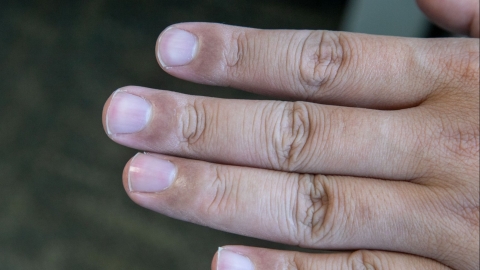Can cervical spondylosis cause numbness in the fingers?
Generally, cervical spondylosis may cause numbness in the fingers. If there are any concerns, it is recommended to consult a physician for professional advice. Detailed analysis is as follows:

Cervical spondylosis may lead to problems such as herniated cervical discs, cervical bone spurs, or cervical spinal stenosis. These conditions can compress or irritate nerve roots. Particularly when cervical lesions affect the nerve roots of the upper limbs, symptoms of finger numbness may occur. Herniated cervical discs may compress nearby nerve roots due to disc degeneration or injury. Cervical bone spurs can form as a result of long-term cervical strain or degeneration, thereby compressing the nerve roots. Cervical spinal stenosis restricts the passage of the spinal cord and nerve roots, leading to neurological dysfunction. These compressions and irritations may cause symptoms such as numbness, weakness, or even pain in the fingers.
Secondly, cervical instability is also one of the reasons cervical spondylosis causes finger numbness. Cervical instability means the loss of stability in the cervical spine, resulting in increased relative movement between the vertebrae. This instability may stimulate or compress nerve roots, thus causing finger numbness. Tension or strain of the neck muscles may also lead to cervical joint disorders, which can similarly stimulate or compress nerve roots, causing finger numbness.
In daily life, one should maintain correct sitting and standing postures, avoid prolonged periods of looking down or maintaining the same posture, and perform appropriate neck exercises to strengthen neck muscles, which can help alleviate symptoms and prevent worsening of the condition.






